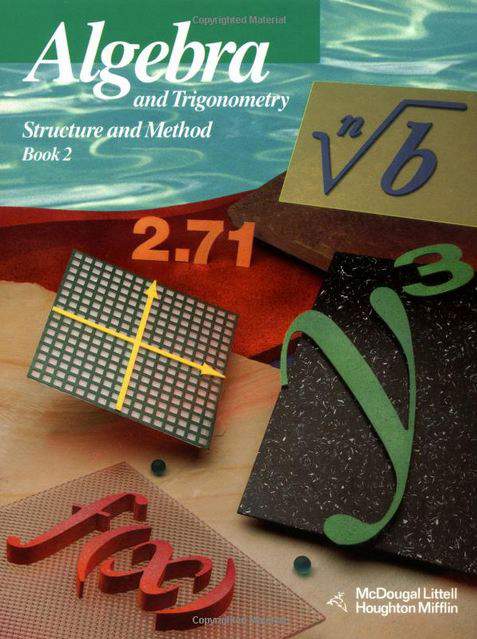Connecting...

This is a quick preview of the lesson. For full access, please Log In or Sign up.
For more information, please see full course syllabus of Algebra 2
For more information, please see full course syllabus of Algebra 2
Algebra 2 Solving Quadratic Equations by Factoring
Lecture Description
One of the ways to solve quadratic equations using algebraic technique is factoring. You can factor quadratic equations by the greatest common factor, the difference of two squares, perfect square trinomials, and general trinomials. Once our quadratic is factored, we use the zero product rule. Using this rule, we set each factor to be equal to zero and then find the solutions. We can always check whether our solution is valid or not, by substituting the result into the quadratic equation we started from. For more about each of these techniques and how to use them to solve quadratics, watch our lecture series.
Bookmark & Share
Embed
Share this knowledge with your friends!
Copy & Paste this embed code into your website’s HTML
Please ensure that your website editor is in text mode when you paste the code.(In Wordpress, the mode button is on the top right corner.)
×
Since this lesson is not free, only the preview will appear on your website.
- - Allow users to view the embedded video in full-size.
Next Lecture
Previous Lecture









































 Carleen Eaton
Carleen Eaton Grant Fraser
Grant Fraser
 Answer Engine
Answer Engine



2 answers
Last reply by: DJ Sai
Mon Sep 3, 2018 12:12 PM
Post by Jerry Xu on July 31, 2018
All examples say example 1...
also 3rd example (3x^2 = 27) would be easier i you just divide both sides by 3 to get x^2 = 9
0 answers
Post by Mia Moore on November 2, 2016
omg I'm ur biggest fan... like totes fangirling right now #beliebe
0 answers
Post by Mia Moore on November 2, 2016
hello everyone
1 answer
Thu Jan 7, 2016 6:28 PM
Post by Manuel Ramirez on November 20, 2015
5xsquare-12=11x what happen if u got the x on the other side
2 answers
Last reply by: Mia Moore
Wed Nov 2, 2016 6:21 PM
Post by Manuel Ramirez on November 20, 2015
3xsquare-9x=0... having trouble